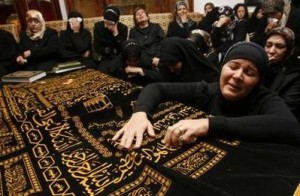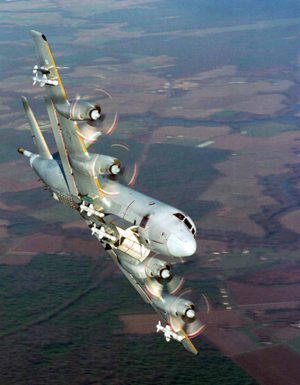
Lebanese and international search teams scoured the Mediterranean coast on Tuesday for the victims and missing flight recorders of an Ethiopian Airlines plane that crashed into the sea soon after takeoff from Beirut.
Ships including a U.S. naval vessel as well as European and U.N. peacekeeping helicopters and planes searched through the night for wreckage of the Boeing 737-800 that plunged into the rough sea in a ball of fire before dawn on Monday.
Ninety people, mostly Lebanese and Ethiopians, were on board Flight ET409 heading to Addis Ababa before it disappeared off the radar five minutes after takeoff.
Lebanese officials said 14 bodies, including those of two toddlers, had been recovered so far. They said an earlier total they gave of 24 had been incorrect. The body parts of another victim were also retrieved.
The plane apparently broke up in the air before crashing into the sea during a thunderstorm and Lebanon has ruled out terrorism as the cause. Recovery teams pulled out a segment of the plane’s wing that had Ethiopian Airlines’ red, yellow and green colors emblazoned on it.

A Lebanese security official said recovery teams would widen their search perimeter off the Na’ameh coast, 10 km (six miles) south of the capital, after rough seas and high waves hampered them during the night. Sonar equipment on navy vessels was being used to detect the wreckage.
“They need to pinpoint the location of the wreckage and then launch a dive there,” the official said, to find data recorders that would give a clearer picture of what went wrong.
A baby’s sandal, dolls, cigarette packs and candy were among the few items that washed up on Beirut’s shore but the main wreckage of the plane remained elusive.
SOUTH LEBANON IN MOURNING
Many relatives were angry that the plane had been allowed to take off in bad weather. But Information Minister Tareq Mitri, speaking after meeting ministers and security officials on Monday night, said there had been no reason to stop the plane departing.
“Other planes landed and took off after and before it. There is no reason why the airport authorities should not have allowed it to take off,” he told reporters.
Ethiopian Airlines chief executive Girma Wake said the eight-year-old plane last underwent a maintenance check on December 25 and no technical problems were found.
Most of the Lebanese passengers, 54 in total, were Shi’ites from the south with business interests in Africa. Black flags were draped on poles along a main road in Tyre, a port city.
Open mourning salons sprung up in the town of Nabatiyeh, Tyre and surrounding villages to mourn the victims. “The black dawn: Plane of death drowns Lebanon in sorrow,” read the headline in the Lebanese daily as-Safir.
The last fatal incident involving Ethiopian Airlines was in November 1996 when a hijacked Boeing 767 crashed off the Comoros Islands, killing 125 of the 175 passengers and crew. Reuters

Leave a Reply
You must be logged in to post a comment.